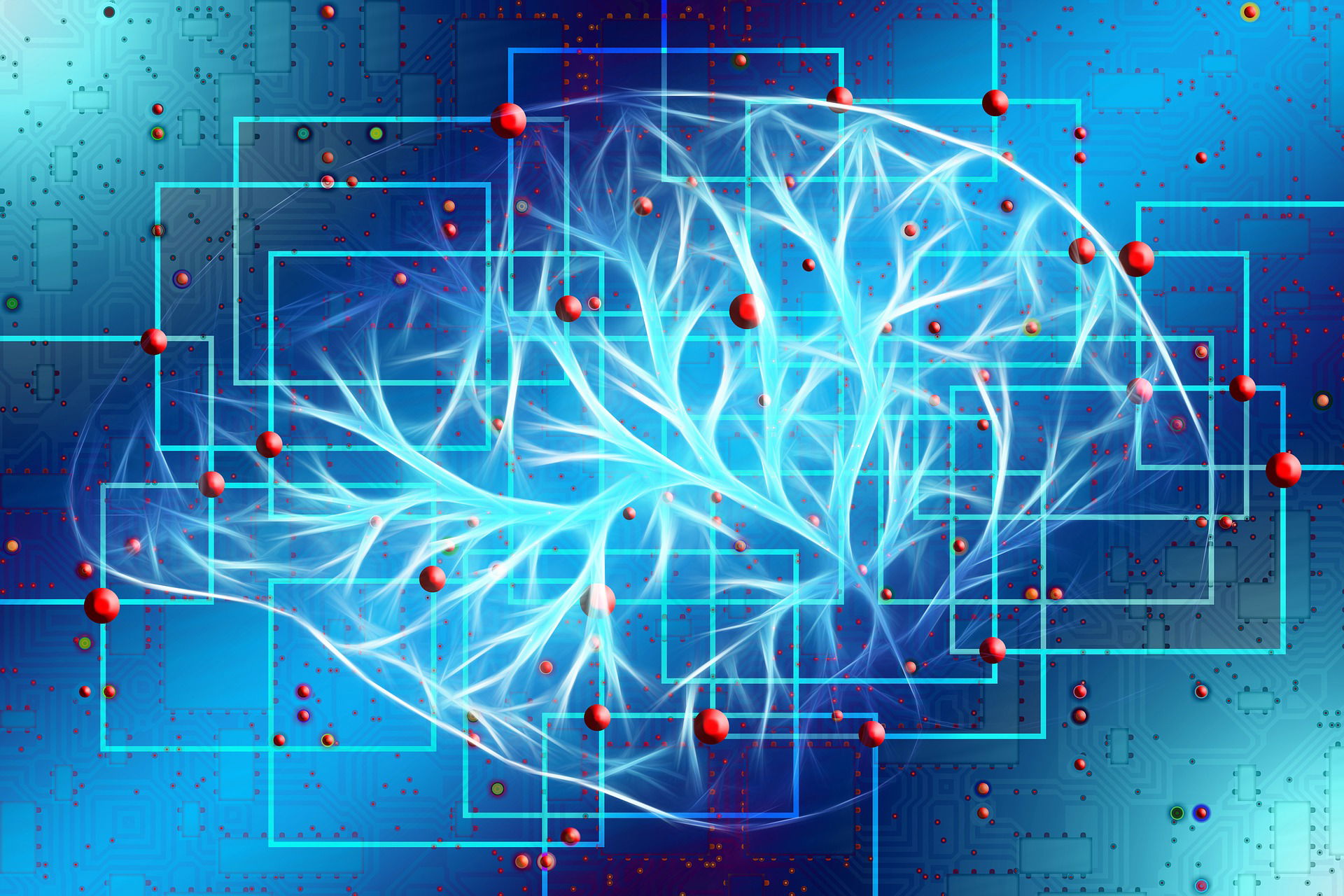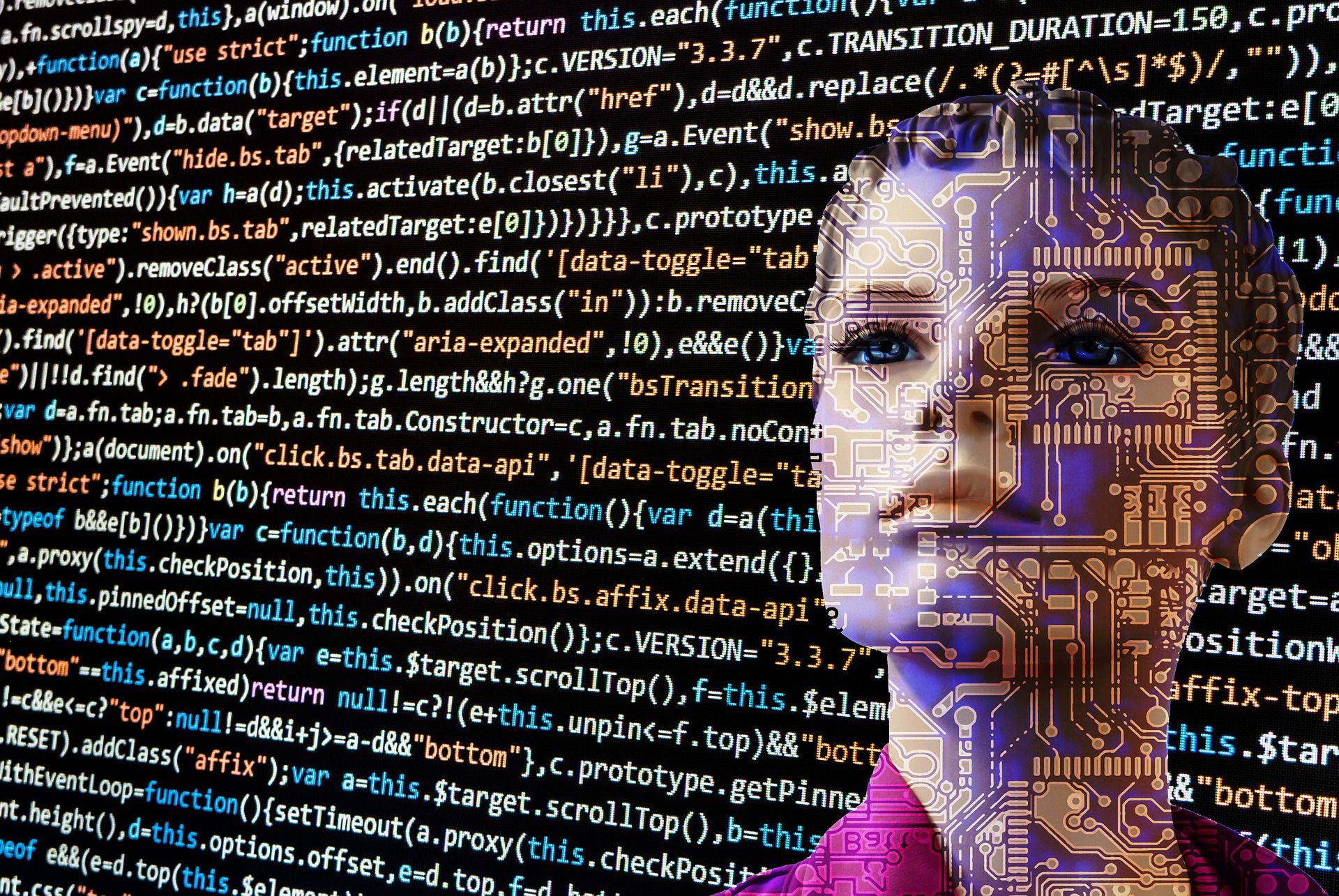Data and truth in the age of artificial intelligence

These days one could see the beautiful face of a lady and the handsome appearance of a man on a screen and presume to be looking at the image of a human that is walking, sitting, typing, singing or doing one of those mundane things humans do, but it could be that he is actually looking at the image of a few computer clicks. What looks like the truth may no longer be easy to sift from the truth.
In this era where beauty is in the eye of the algorithm, discerning between the genuine and the fabricated has become a tricky journey through the labyrinth of artificial intelligence. A seemingly innocent glance at the screen, captivated by the beautiful face of a lady or the handsome appearance of a man, does not mean you are looking at the picture of human who exists somewhere. In this age of robotics and machine learning, what appears to be a perfect cut out human form could, in reality, be nothing more than the choreography of a few cleverly orchestrated computer clicks. Welcome to the to the nice and not so nice new world where discerning truth has become an art form in itself, a dance with data and an arm wrestling with algorithms.

In this tricky landscape, where reality and illusion engage in a tango of deception, one cannot escape the mesmerizing allure of deepfake, the mischievous sibling in the AI family. Deepfake, with its ability to conjure up convincing videos, images, and even written content, is the Picasso of the digital realm. It renders reality as an ever-changing canvas, where the strokes of deception can be applied with finesse and impunity, leaving behind a masterpiece of misinformation. If the heart of every man were as beautiful as the deepfake creations, perhaps we could embrace this digital artistry with open arms. Alas, the heart of mankind is as diverse as the algorithms that birth these synthetic marvels.
One might argue that data, in their raw form, are innocent bystanders in this carnival of deception. They are like obedient minions, doing only what they are told, serving the whims of their human overlords. In the hands of a decent individual, data can dance to the tune of decency, creating a symphony of truth and authenticity. However, unleash these data minions into the clutches of the morally flexible, and suddenly, they transform into the harbingers of chaos, orchestrating a cacophony of deceit and manipulation. The question that looms large in the age of artificial intelligence is this: How do we maintain a semblance of truth when even the most innocent of bystanders, our beloved data, can be coerced into partaking in acts of subterfuge?
Navigating the murky waters of data manipulation requires more than just a moral compass; it demands a technological vigilance that borders on paranoia. In this dystopian tale, the quest for truth becomes a battle against algorithms, a relentless pursuit of authenticity in a world where the line between fact and fiction is drawn in pixels and code. Can we trust what we see, hear, and read, or have we entered an era where the very notion of truth is but a nostalgic relic of a bygone era?
As we grapple with these questions, one thing becomes abundantly clear – the age of artificial intelligence is not for the faint of heart. It is a realm where the concept of truth has been handed over to the capricious whims of code snippets and the mischievous artistry of programming functions. In this brave new world, discerning the genuine from the counterfeit becomes an exercise in skepticism, a dance with uncertainty, and a satire of truth itself. Welcome to the age where data and truth engage in an intricate pas de deux, leaving us to wonder if the pursuit of truth is, in fact, a quaint relic of the analog past. And what you have to do as an individual is to learn as much as possible about them as you interact with humans more than you do with your phones and other modern toys. Its takes a human to know what is a nonhuman. If we spend more time with people and less with our gadgets, we might be able to tell if we encounter anything that lacks humanness.